
You Are Here:Home > News Center
> Industry Dynamics
News navigation
Recommended news
- How to embody the barrier performance of PE plastic bottle
- How to demonstrate the barrier performance of PP cream jar
- Introduction of product uses by Jiangsu, Zhejiang and Shanghai PE bottle manufacturers
- Application of daily chemical plastic bottles produced by Jiangsu, Zhejiang and Shanghai manufacture
How to embody the barrier performance of PE plastic bottle
PE plastic bottle is polyethylene plastic bottle. Its barrier performance is mainly reflected in the barrier ability to gas, water vapor and some solutes. The following is a detailed introduction:
1. gas barrier
Principle: the molecular structure of PE plastic bottle is relatively compact and has a certain degree of crystallinity. The presence of crystalline regions makes it difficult for gas molecules to pass through, while the molecular chain arrangement in the non crystalline regions is relatively loose, and gas molecules can move through them by diffusion. But in general, PE plastic bottles can limit the permeation of oxygen, carbon dioxide and other gases to a certain extent.
Embodiment: in the field of food packaging, such as the PE plastic bottle used for packaging snacks such as potato chips, it can effectively block the oxygen in the air from entering the bottle, slow down the oxidation and deterioration process of food, and extend the shelf life of food. At the same time, for some aerated drinks, PE plastic bottles can also prevent the escape of carbon dioxide gas in the bottles, and maintain the taste and flavor of the drinks.
2. water vapor barrier
Principle: PE plastic bottle has certain hydrophobicity, and water molecules are difficult to adhere and penetrate on its surface. In addition, the non-polar groups in its molecular structure also make the interaction between water molecules and plastic molecules weak, which hinders the transmission of water vapor.
Embodiment: in terms of drug packaging, PE plastic bottles can prevent water vapor in the outside air from entering the bottle and prevent drugs from becoming damp and deteriorated. For example, some oral solid drugs packaged in PE plastic bottles can be kept dry during storage to ensure the stability and effectiveness of drugs. In cosmetics packaging, such as emulsions, creams and other products are packaged in PE plastic bottles, which can also prevent the loss of moisture in the products and maintain the texture and performance of the products.
3. barrier to solute
Principle: the barrier of PE plastic bottle to solute depends on the size and polarity of solute molecules, as well as the molecular structure and crystallinity of plastic bottle. Generally speaking, the PE plastic bottle has a good barrier effect for macromolecular solutes or solutes with large polarity difference from PE plastic molecules.
Embodiment: in the packaging of chemical reagents, PE plastic bottles can prevent the exchange of reagents in the bottles and external substances, and prevent the reagents from being contaminated or deteriorated. For example, PE plastic bottles used for packaging organic solvents can effectively prevent the solvent from volatilizing into the air, and also prevent moisture and other impurities in the air from entering the bottle, affecting the purity and performance of the solvent.
However, the barrier performance of PE plastic bottles is relatively limited. For some products that require high barrier performance, it may be necessary to use multilayer composite packaging materials or add barrier additives to further improve their barrier performance.
1. gas barrier
Principle: the molecular structure of PE plastic bottle is relatively compact and has a certain degree of crystallinity. The presence of crystalline regions makes it difficult for gas molecules to pass through, while the molecular chain arrangement in the non crystalline regions is relatively loose, and gas molecules can move through them by diffusion. But in general, PE plastic bottles can limit the permeation of oxygen, carbon dioxide and other gases to a certain extent.
Embodiment: in the field of food packaging, such as the PE plastic bottle used for packaging snacks such as potato chips, it can effectively block the oxygen in the air from entering the bottle, slow down the oxidation and deterioration process of food, and extend the shelf life of food. At the same time, for some aerated drinks, PE plastic bottles can also prevent the escape of carbon dioxide gas in the bottles, and maintain the taste and flavor of the drinks.
2. water vapor barrier
Principle: PE plastic bottle has certain hydrophobicity, and water molecules are difficult to adhere and penetrate on its surface. In addition, the non-polar groups in its molecular structure also make the interaction between water molecules and plastic molecules weak, which hinders the transmission of water vapor.
Embodiment: in terms of drug packaging, PE plastic bottles can prevent water vapor in the outside air from entering the bottle and prevent drugs from becoming damp and deteriorated. For example, some oral solid drugs packaged in PE plastic bottles can be kept dry during storage to ensure the stability and effectiveness of drugs. In cosmetics packaging, such as emulsions, creams and other products are packaged in PE plastic bottles, which can also prevent the loss of moisture in the products and maintain the texture and performance of the products.
3. barrier to solute
Principle: the barrier of PE plastic bottle to solute depends on the size and polarity of solute molecules, as well as the molecular structure and crystallinity of plastic bottle. Generally speaking, the PE plastic bottle has a good barrier effect for macromolecular solutes or solutes with large polarity difference from PE plastic molecules.
Embodiment: in the packaging of chemical reagents, PE plastic bottles can prevent the exchange of reagents in the bottles and external substances, and prevent the reagents from being contaminated or deteriorated. For example, PE plastic bottles used for packaging organic solvents can effectively prevent the solvent from volatilizing into the air, and also prevent moisture and other impurities in the air from entering the bottle, affecting the purity and performance of the solvent.
However, the barrier performance of PE plastic bottles is relatively limited. For some products that require high barrier performance, it may be necessary to use multilayer composite packaging materials or add barrier additives to further improve their barrier performance.
Previous:
period
Next:
How to demonstrate the barrier performance of PP …
【Related articles】
【Related Products】

- CHANGSHU SHINE PLASTIC INDUSTRY CO.,LTD Phone:0512-52557888 Mailbox:shenshisuye@163.com Company address:No. 20 Guangyuan Road, South Development Zone, Zhitang Town, Changshu City, Jiangsu Province
-
 Scan your phone
Scan your phone

 wechat number:
wechat number:
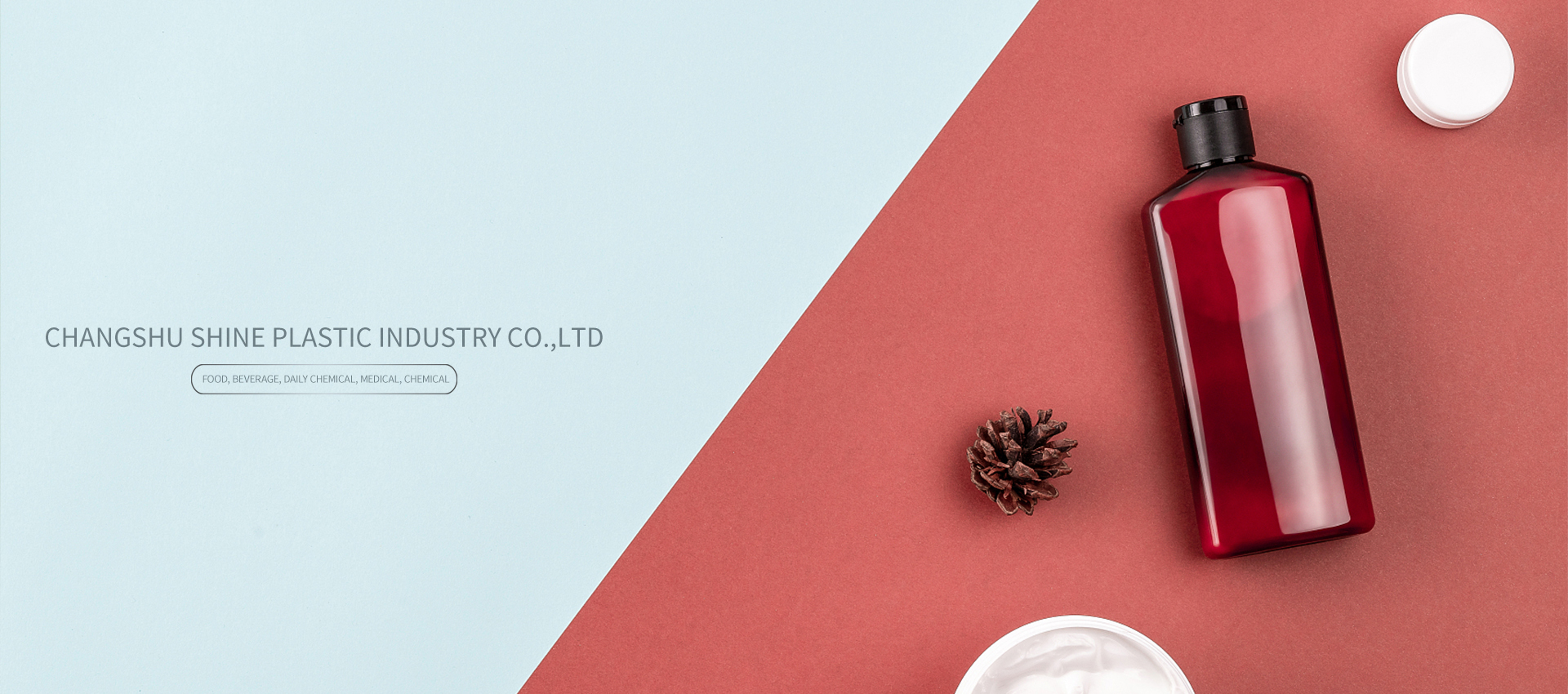
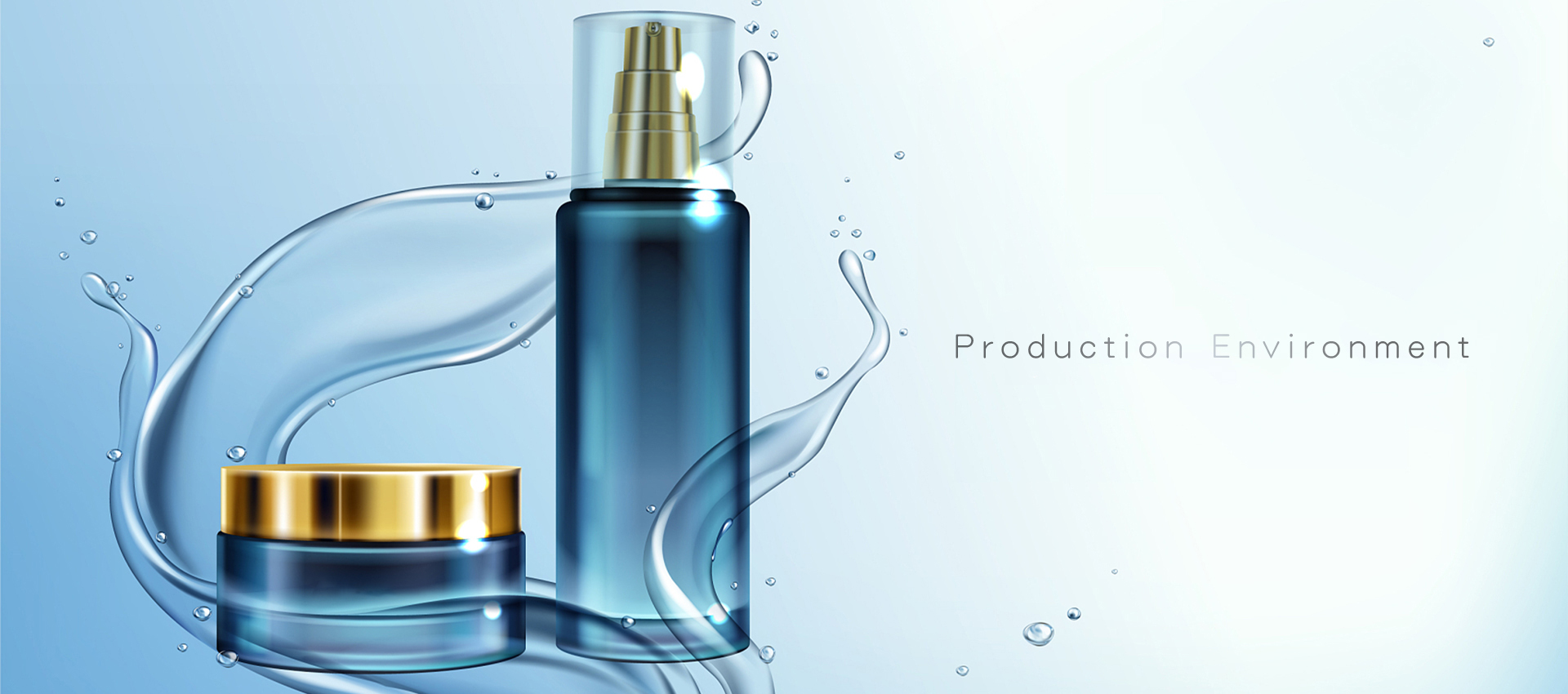
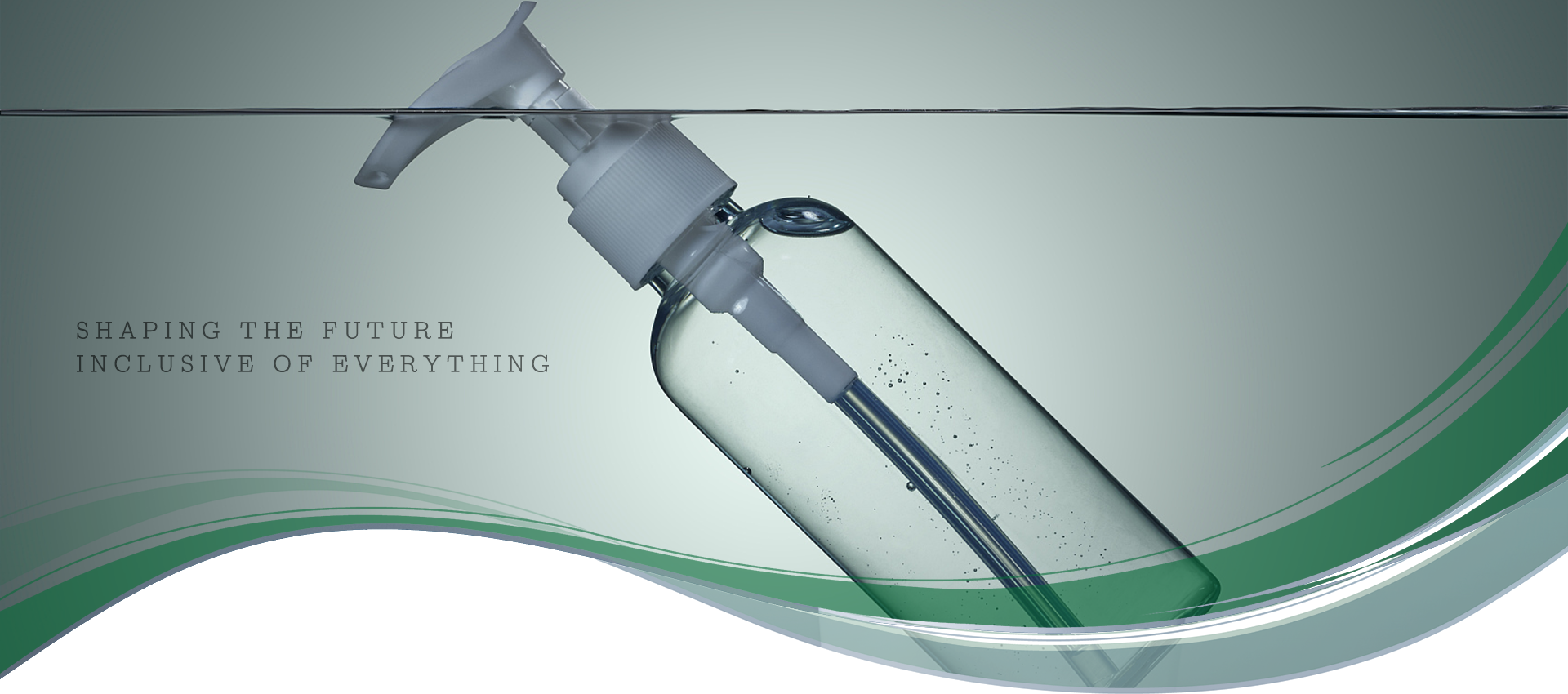
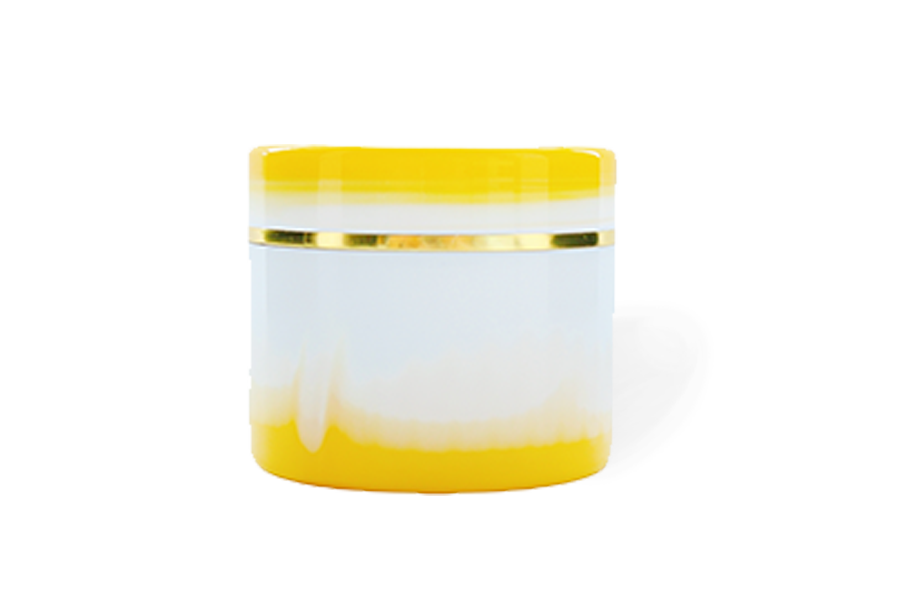
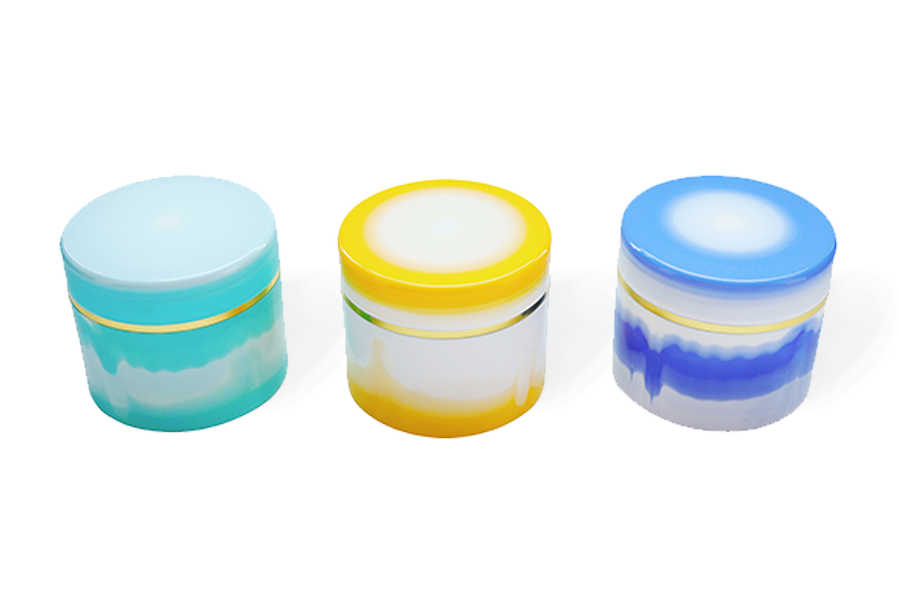
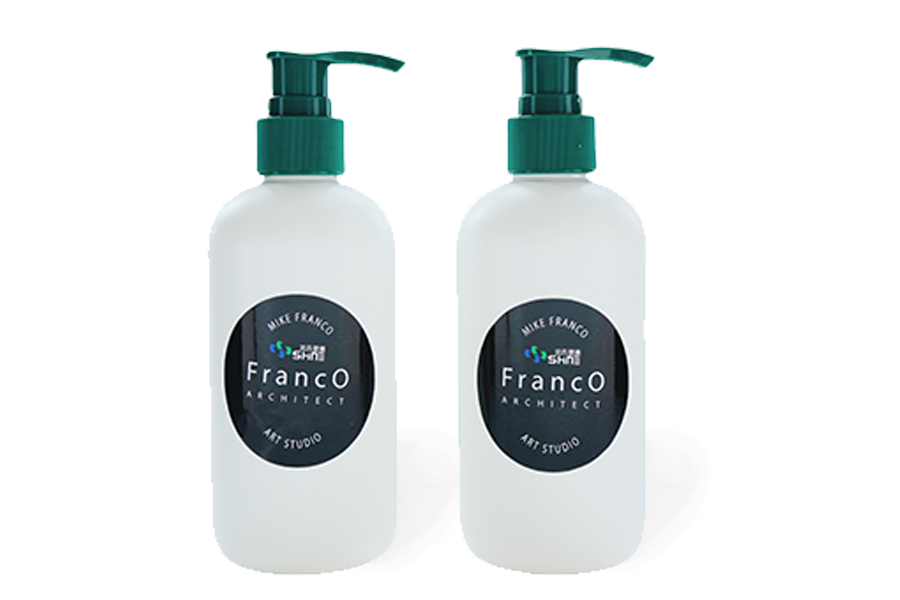
 home
home
 WeChat
WeChat
 telephone
telephone